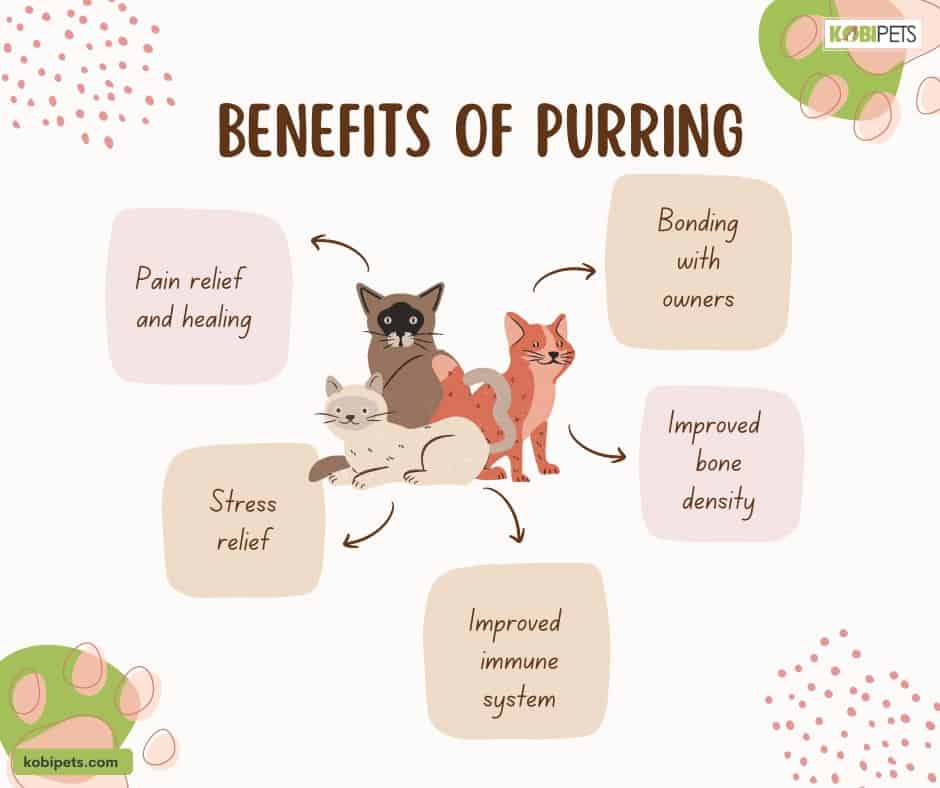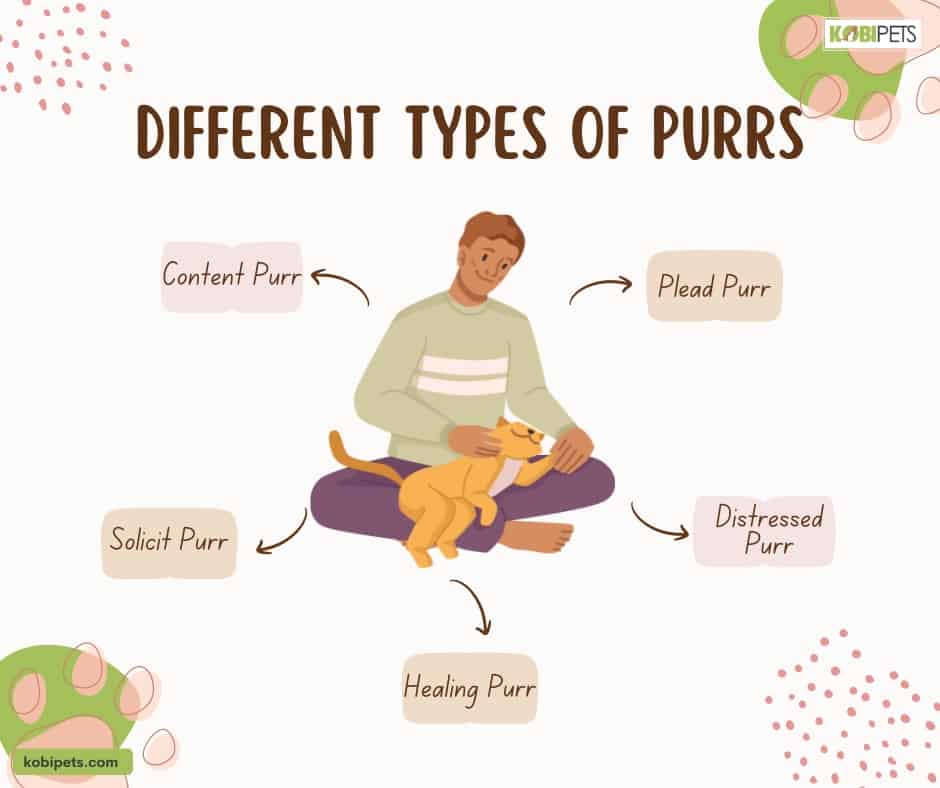
Cats are mysterious creatures, often leaving us to wonder what they’re thinking or why they do certain things. One of the most curious behaviors cats exhibit is purring.
Cats purr as a means of communication and to express contentment and relaxation. The vibration of the purr is thought to have healing properties for both the cat and its owner.
In this article, we’ll explore the reasons why cats purr and how it benefits them in their daily lives. Read on to discover more about the mysterious world of feline purring!
Why Do Cats Purr?
Cats purr as a means of communication and to express a range of emotions, including contentment, pleasure, and relaxation. The exact mechanics of how cats purr are still not fully understood.
But it is thought to involve the contraction of muscles in a cat’s larynx and diaphragm. Purring has also been shown to have physical benefits for cats, such as reducing pain and stress and promoting healing.
Additionally, the soothing vibration of a cat’s purr can have a calming effect on both cats and their owners, leading to a stronger bond between the two.
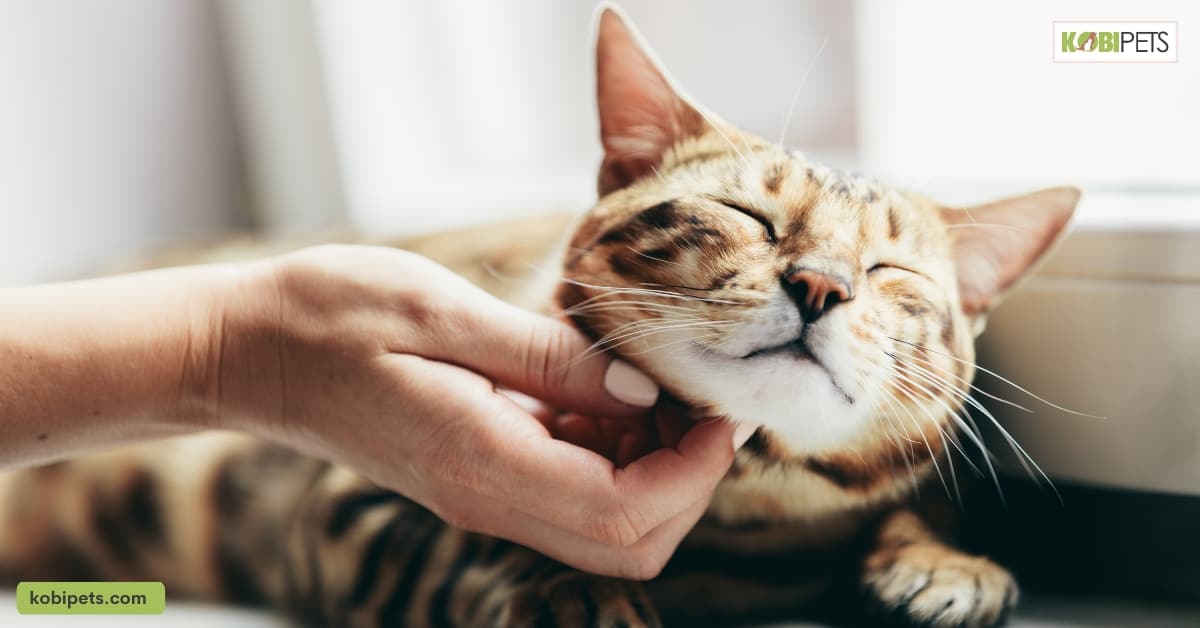
The Physiology of Purring
Purring is one of the most calming sounds a cat can make. It’s an expression of contentment, joy, and peace. But what makes cats purr and what happens in their body when they do so? In this article, we’ll explore the physiology of purring and what it can tell us about our feline friends.
What happens in the body when a cat purrs?
The exact mechanism behind purring is still a mystery but scientists suspect that it originates from specialized muscles at the larynx region which vibrates to create sound waves. As the vibrations travel throughout the body, many physiological signals are triggered as well.
For example, cats often display increased heart-rate variability (HRV) when they purr due to the rhythmic oscillations produced by their muscles. This same phenomenon has been observed in humans too, suggesting that purring may be beneficial for both species by helping regulate blood pressure and promote relaxation.
Another effect of purring is reduced inflammation and stress responses within cells. Studies have shown that cats who purred more frequently had lower levels of cortisol in their blood compared to those who did not purr as much.
This suggests that physical contact between cats and humans through petting or sharing time can have a positive effect on overall health and well-being by reducing stress hormones in both parties involved!
Finally, studies have found that purring can help speed up injury healing times due to its vibration frequencies which stimulate cell regeneration and wound closure. All these findings suggest a potential therapeutic application for purring which could be used to improve health outcomes in both people and animals alike!
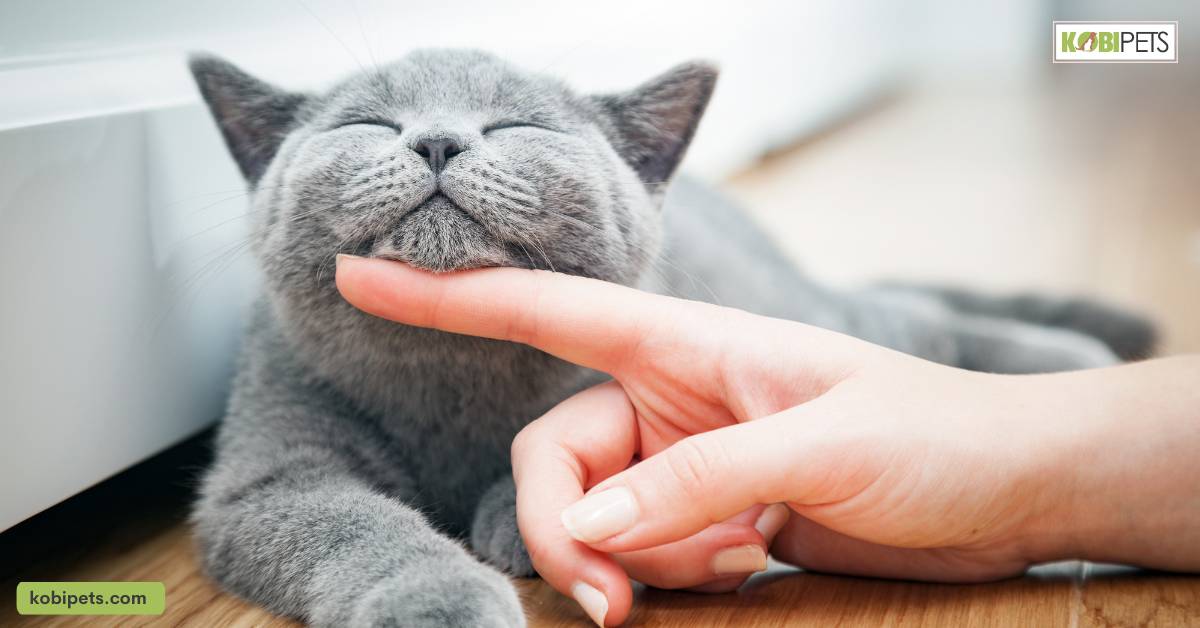
Benefits of Purring
Purring is one of the most endearing and comforting sounds that cats make. Not only does it provide comfort to us, but research has shown that purring can have several benefits for cats as well. From improved healing time to a lowered risk of disease, purring is more than just a cute sound – it’s an important part of a cat’s health.
So, how does purring help cats?
- Pain relief and healing: Purring has been shown to have a calming effect on cats and may help to soothe pain and promote healing.
- Bonding with owners: Purring is often associated with a sense of comfort and security, and cats may purr to signal to their owners that they are content and relaxed.
- Stress relief: Purring can help to reduce stress and anxiety levels in cats, leading to a more relaxed and calm demeanor.
- Improved bone density: The frequency of a cat’s purr has been shown to stimulate bone growth and repair, helping to prevent fractures and other bone-related issues.
- Improved immune system: Purring may also boost a cat’s immune system, helping to fight off infections and illnesses.
It is important to note that not all cats purr for the same reasons, and the frequency and duration of a cat’s purr can vary depending on the situation and the individual cat. Nevertheless, purring remains an important and well-loved aspect of cat behavior.
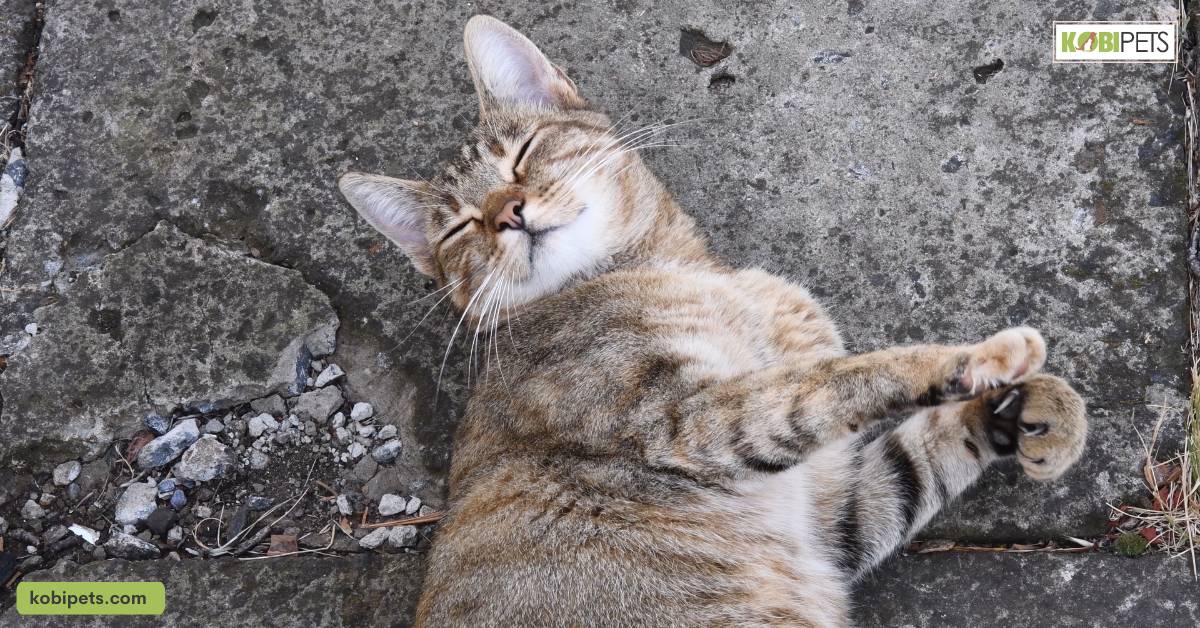
Different Types of Purrs
Cats are well-known for their distinctive purring, which is a common form of communication for these felines. However, not all purrs are the same, and each type of purr can convey a different message or emotion. Understanding what different purrs mean can help cat owners better communicate with their feline friends and improve their bond.
Content Purr
This is the most common type of purr and is associated with relaxation and contentment. Cats may purr when being petted, when snuggling with their owners, or when they are simply feeling calm and at ease.
Plead Purr
A slightly higher-pitched and more urgent purr, this type of purr is often associated with a request for attention, food, or affection. Cats may use this type of purr to signal to their owners that they want to be picked up or fed.
Solicit Purr
Similar to the plead purr, the solicit purr is a more drawn-out and persistent sound that cats may use to ask for attention or to initiate play.
Healing Purr
A lower-pitched and continuous purr, the healing purr is thought to have therapeutic benefits for cats. This type of purr is often associated with pain relief and has been shown to promote healing and tissue regeneration in cats.
Distressed Purr
This type of purr is often accompanied by vocalizations such as meows or growls and is associated with anxiety, fear, or discomfort. Cats may make this sound when they are feeling threatened or in danger.
It is important to note that every cat is unique and may have their purring styles and patterns. However, by observing your cat’s behavior and listening to its purrs, you can gain a better understanding of its emotional state and needs.
With time and patience, cat owners can build a strong bond with their feline friends by communicating through their purrs.

Potential Issues
Despite all the amazing benefits associated with regular contact between pets and humans through affectionate behaviors like petting and cuddling, excessive levels of these interactions can lead to potential problems arising over time if not managed properly.
Cats who receive too much physical stimulation can become over-aroused, resulting in increased anxiety levels which can lead to aggressive behavior such as scratching or biting when fearful or angry feelings arise unexpectedly rather than during playtime activities for example.
Furthermore, some cats may start using their body language (aggression) instead of vocalizations (purring) which could cause even more misunderstandings between both parties involved in any given situation if not regulated carefully!
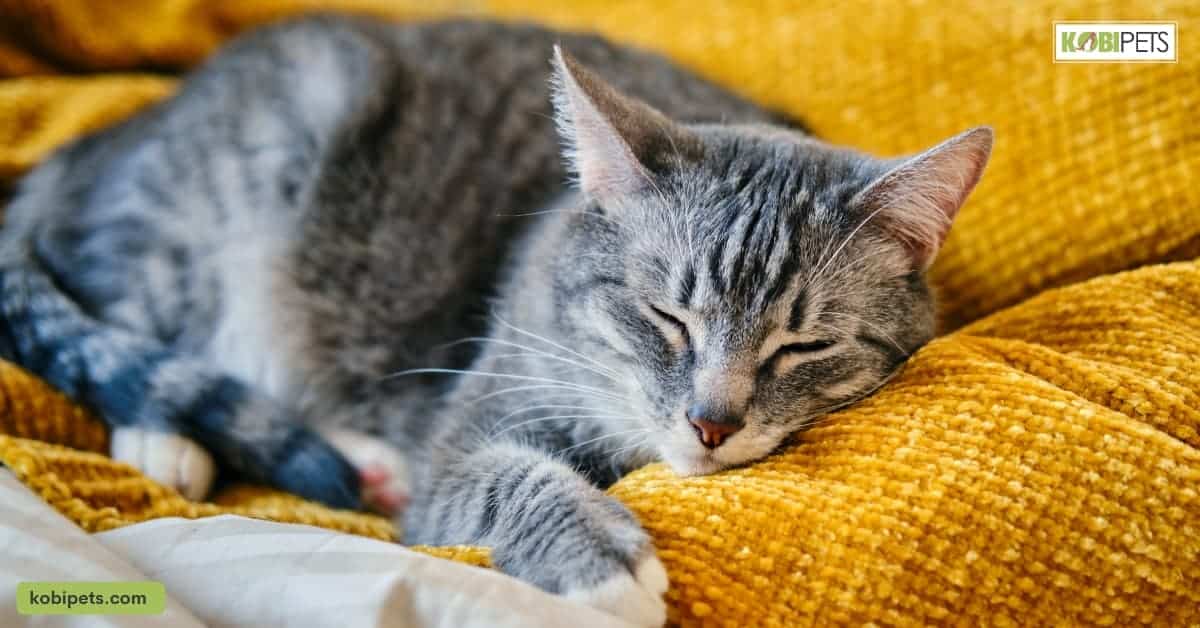
In conclusion
Purring is a fascinating behavior in cats that serves many purposes. Not only can it help cats to express their emotions and communicate with humans. But research suggests that the vibrations of purring may also have therapeutic benefits for cats such as pain relief and improved healing times.
Understanding why cats purr and what each type of purr means can help cat owners build a better connection with their furry friends. However, it is important to recognize that there may be potential issues associated with too much physical stimulation and regulate affectionate interactions accordingly to ensure the well-being of both cats and humans alike!
